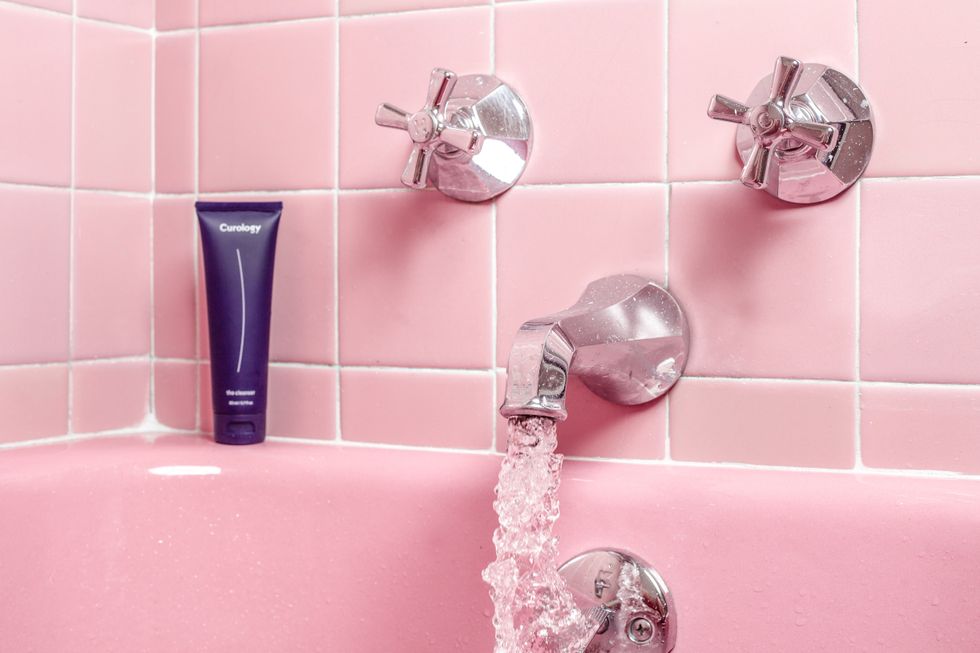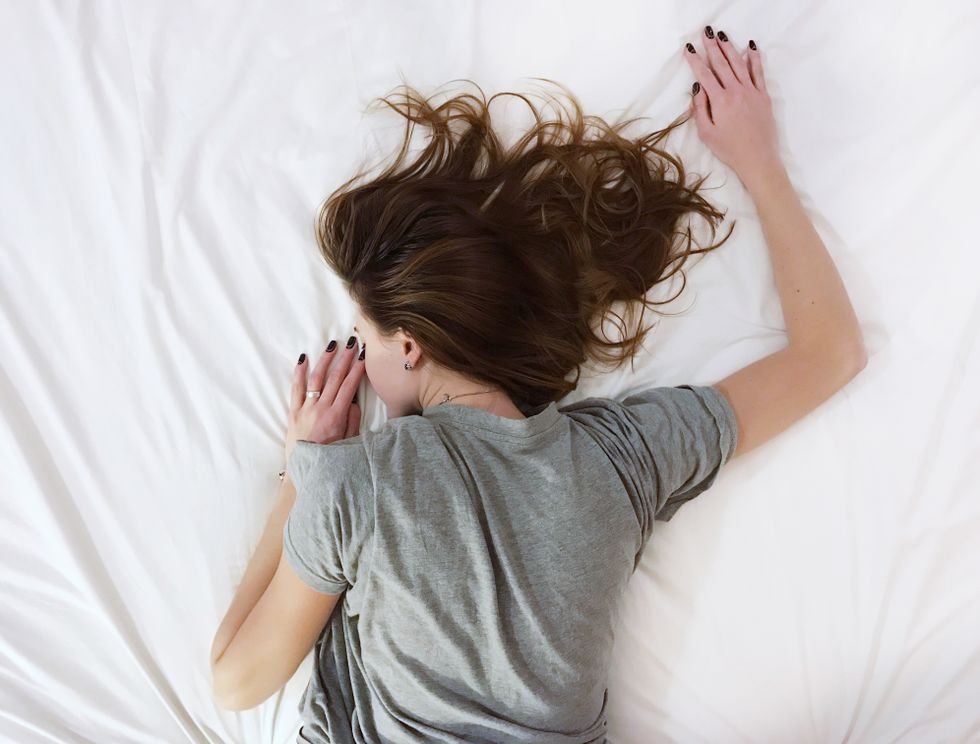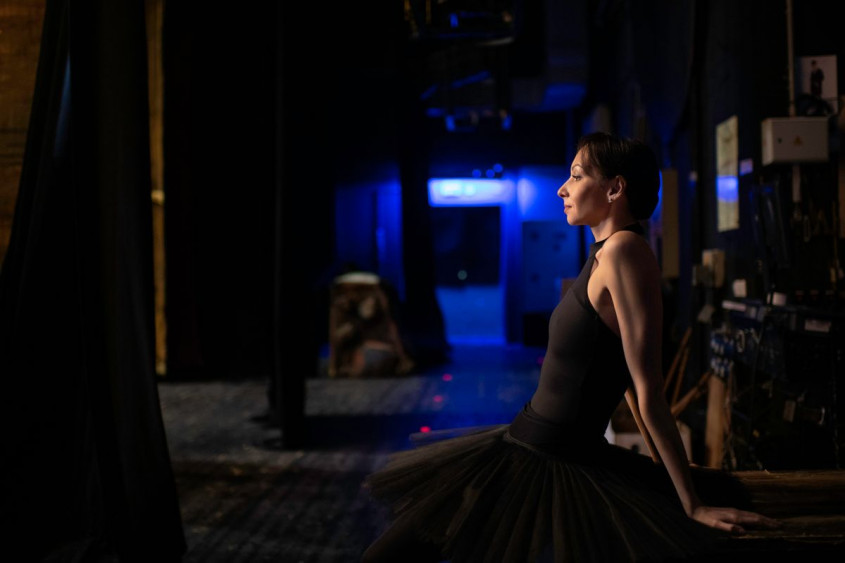When the curtain falls, your work isn’t over: That’s exactly when post-show recovery begins. According to Carina Nasrallah, Houston Methodist athletic trainer for Houston Ballet, timing is everything. The 30 minutes after a performance is the optimal window to start combatting soreness and encourage muscle repair. Here, she shares the essential elements of a recovery plan from curtain call until bedtime.
Within 30 Minutes Post-Show

Active Recovery:
Though it may be tempting to flop onto the floor backstage, keep moving. “Aim for something equivalent to a nice walk around the park,” says Nasrallah. Do 5 to 10 minutes of low-intensity activity, like walking or gentle leg and arm swings, to slowly return to your resting heart rate. The movement will also encourage blood flow, keeping fluid from pooling in your extremities.
Passive stretching:
Afterwards, spend 15 to 20 minutes stretching while you’re still warm. “Past 30 minutes, your body’s cooled down enough that your muscles won’t be as receptive to more intense stretching.” Focus on areas that tend to tighten up—the calves, hamstrings, hip flexors—holding for 30 seconds at a time.
A snack of carbohydrates and protein:
“During this time, your body is craving the building blocks to start recovery,” says Nasrallah. Kickstart the process with carbs, to replenish depleted glucose stores, and some protein, to promote muscle repair. “It doesn’t have to be big or heavy.” Some of her favorites include chocolate milk, a bagel with peanut butter, yogurt with fruit, or cheese and crackers.
Later That Evening

Once you're home, experiment to see which strategies work for you:
Ice, for isolated areas:
If you’re dealing with an injury or an area that tends to get sore, a 10- to 15-minute ice pack or ice bath (for your feet) can be effective for pain management.
Heat, for the body in general:
“A warm bath or Epsom salt soak can be beneficial, especially for relaxation,” says Nasrallah. She cautions against using a heat pack on specific areas that are troubling you—the increased blood flow can cause swelling. If you have open blisters or splits on your feet, avoid lengthy Epsom salt soaks, which can soften the skin and increase their risk of recurrence.
Compression:
If your feet and ankles tend to swell, try wearing a light- or medium-grade compression sock or a wrap until bedtime. “It should feel like a gentle hug around the foot,” says Nasrallah, noting that it shouldn’t cut off circulation and that dancers should avoid heavy, medical-grade products.
And Finally, Sleep

Right before bed:
You may have trouble winding down after a performance, so limit your screen time. The noise and light from a phone or TV can stimulate the brain even more, says Nasrallah. She recommends gentle yoga, with an emphasis on breathing, listening to a guided meditation or journaling to calm the mind.
Catching ZZZs:
Young professionals should aim for 8 to 10 hours of sleep. “It’s during rest and sleep that the dancer builds strength,” says Nasrallah. If you skimp, you’re chronically weakening the body and not giving your muscles a chance to repair and grow stronger.
It may be hard to keep a regular sleep schedule during a performance run, so make quality sleep a priority in the one to two weeks leading up to it.


Responses